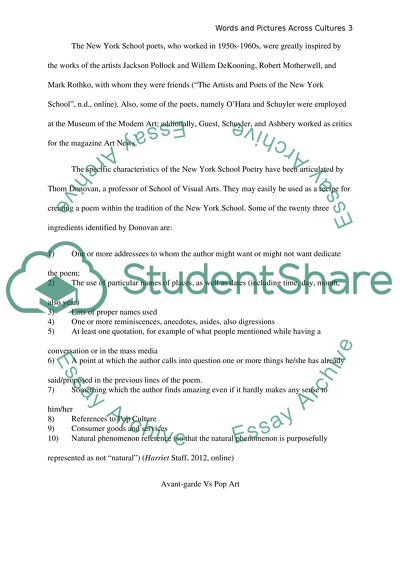Cite this document
(“Words and Pictures Across Cultures Essay Example | Topics and Well Written Essays - 2000 words - 1”, n.d.)
Words and Pictures Across Cultures Essay Example | Topics and Well Written Essays - 2000 words - 1. Retrieved from https://studentshare.org/literature/1399407-words-and-pictures-across-cultures
Words and Pictures Across Cultures Essay Example | Topics and Well Written Essays - 2000 words - 1. Retrieved from https://studentshare.org/literature/1399407-words-and-pictures-across-cultures
(Words and Pictures Across Cultures Essay Example | Topics and Well Written Essays - 2000 Words - 1)
Words and Pictures Across Cultures Essay Example | Topics and Well Written Essays - 2000 Words - 1. https://studentshare.org/literature/1399407-words-and-pictures-across-cultures.
Words and Pictures Across Cultures Essay Example | Topics and Well Written Essays - 2000 Words - 1. https://studentshare.org/literature/1399407-words-and-pictures-across-cultures.
“Words and Pictures Across Cultures Essay Example | Topics and Well Written Essays - 2000 Words - 1”, n.d. https://studentshare.org/literature/1399407-words-and-pictures-across-cultures.


